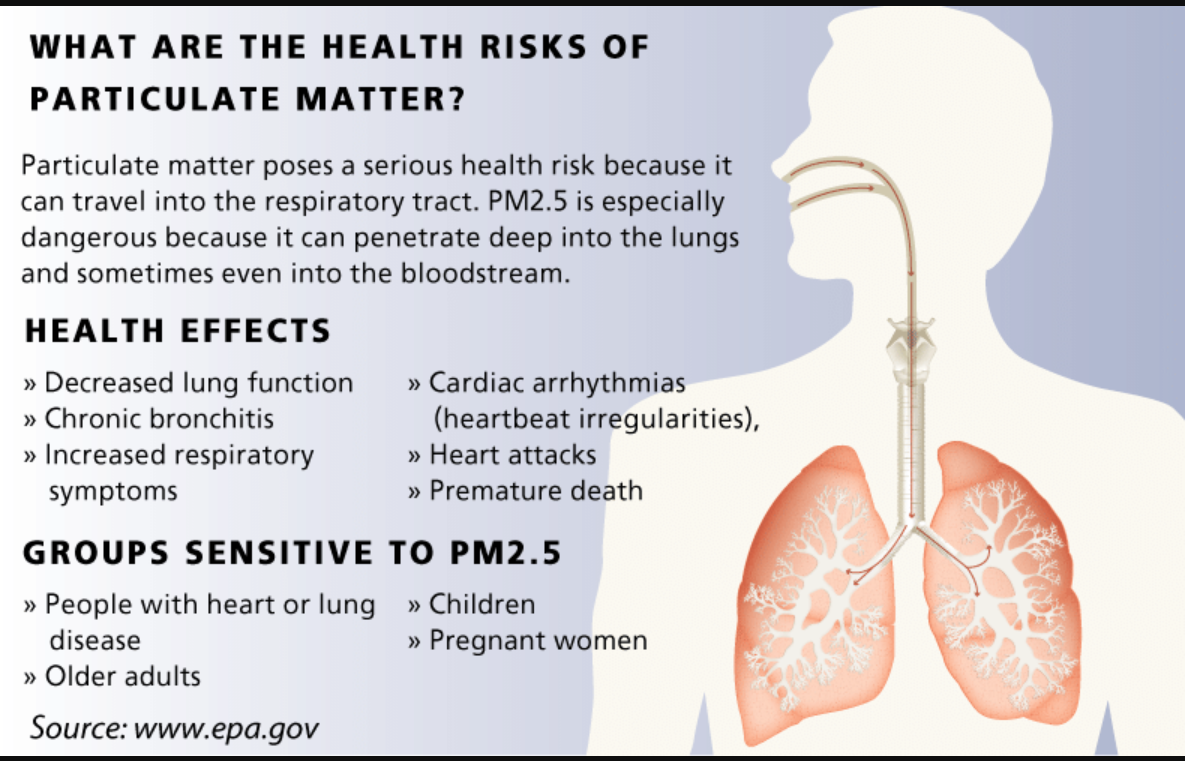With Delhi’s smog filled fortune every winter, there is another thing that comes.
It’s the debate regarding who can be held responsible for such crisis in Delhi.
Although reasons are discrete and abound for which blame game can be simply well played, it becomes despicable how our leaders and media divert the public attention from finding solutions to just finding a suitable scapegoat for some time.
However, a new study has tried to highlight the biggest culprit of degrading Air Quality in Delhi, which even today stands above 400 on an average and in ‘severe’ category.
According to an analysis made by the Centre for Science and Environment (CSE), vehicular emissions account for the highest share in NCR’s PM 2.5 levels, but here is a catch. This source is highest amongst the local sources of pollution done.
To arrive on this fact, CSE examined every strand of data recorded in alternate hours, starting from October 24 to November 8. This data, in turn, has been collated by Decision Support System (DSS), an offshoot of Indian Institute of Tropical Meteorology, Pune.
DSS is an integral part of the ‘Air Quality Early Warning System’ created to impart this information and uses a model called ‘Weather Research and Forecasting with Chemistry (WRF-Chem).
This modelling exploits the data from available emissions inventory surrounding Delhi and other 19 districts through a web of monitoring stations and satellite data.
Information was also derived out of Google Maps’ data concerned with 15 major roads in Delhi based on the time and speed of travel along these roads.
During the study period, these vehicular emissions contributed for more than half of these emissions, around 50- 53 per cent.
Anticipating the same, Delhi government announced an initiative last month by the name: ‘Red Light On, Gaadi Off’ (red light on, ignition off) campaign.
Wherein it urged its commuters to turn off their engines while waiting at a red-light signal. Besides, odd-even scheme has been Delhi’s CM’s brainchild that prevented people to lessen and control the use of personal vehicles on roads.
There were even schemes to ethically enlighten Delhiites to use their personal conveyance only once a week.
Other significant local contributors for air pollution in Delhi (for the same period):
Household pollution has accounted for 12.5%-13.5%, Industrial pollution to be 9.9%- 13.7%, pollution due to construction and subsequent dust generation is around 6.7%-7.9% excluding the road dust which yields about 3.6%-4.1% of pollution.
They have even measured the contribution of pollution caused due to waste mishandling and burning to be 4.6%-4.9%.
One of the leading Researchers in CSE explains: “Clearly, after the closure of all coal-based power plants, expansion of natural gas usage in industry and controls on dirty fuels, vehicles have emerged as the biggest real-time contributor among the local sources of winter pollution in Delhi this year.”
“Action on transportation has to gather strong momentum. At the same time, action on waste management, clean energy access to households and dust control must be speeded up.”
CSE data has even helped to clarify how the surrounding 19 districts around Delhi have built PM 2.5 levels in Delhi from November 2- 6, giving the real-time data of pollution contribution in Delhi’s pathetic air quality.
This depicts well how the NCR dominated in smog creation in the initial phase taking it to 70-80 per cent, and later declining post the Diwali period.
The analysis even talked of increase in Nitrogen dioxide levels that went in proportion with the traffic increase on roads and the way travel speed would reduce.
Pollution as a gift from Other States:
From pre-Diwali to the period succeeding it, biomass burning increased in other states. This happened to increase toxicity in Delhi’s air because of the winds being able to carry them to the city.
Despite the efforts and criticisms, this condition has become a restless fate for Delhi, where its population suffers long term severe impacts of such temporary causes, which everyone including the citizens, chose to jeopardize.



